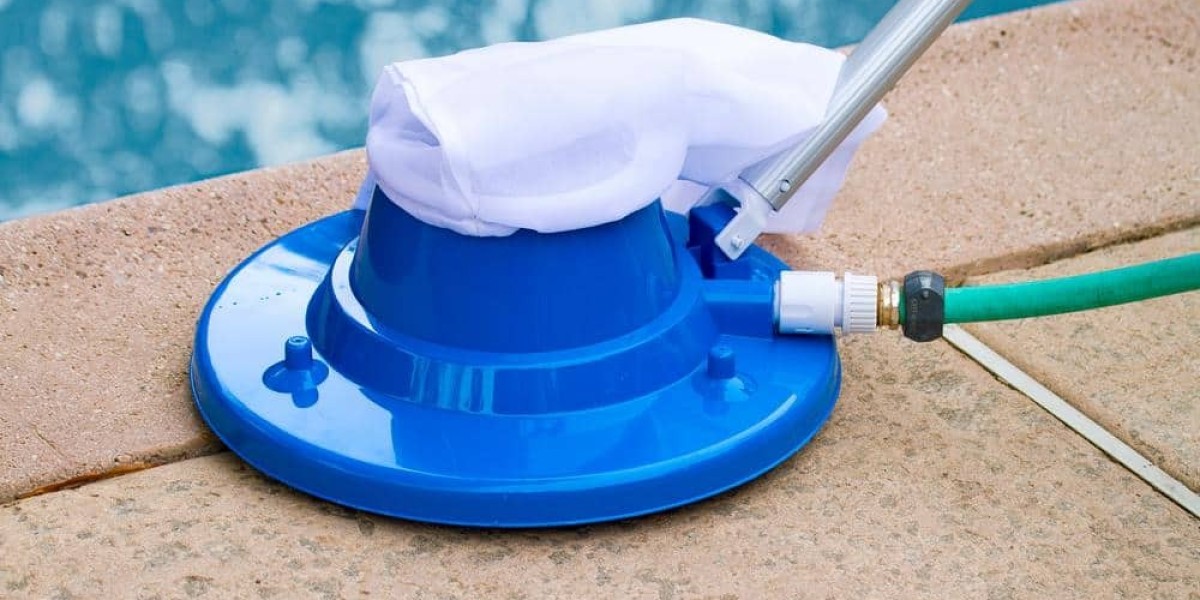Most cleaners have helpful troubleshooting sections in their manuals. It's a good idea to use them to pinpoint the problem before taking it out of the water for a long time.
Proper cleaning cleaner storage is also a great way to prolong its life. Be sure to drain and straighten the hose out regularly.
Check the Filter
Many automatic cleaners come equipped with their own internal filter, allowing them to grab debris from the water and direct it into a canister for removal. If the filter is full, that could be causing the unit to slow down and/or stop working completely.
For suction-side and pressure-side cleaners, a clogged filter or a valve that prevents the machine from pumping in air are common problems to watch out for. In that case, the best option may be to rebuild or replace the machine altogether.
Other common issues include a tangled or damaged propeller (or simply an unplugged hose). Make sure the floating power cord is firmly connected to the power supply transformer and that it's fully plugged in. Check the hose to see that it doesn't have any kinks or holes at the joining points and that the bag isn't too full, which could also hold it back from moving around the pool. If all of that looks good, the solution is often as simple as bleeding off excess pressure at the wall fitting to free up a bit more movement.
Check the Hose
Many problems with a vacuum cleaner can be traced back to the hose. It can be too short, it may be clogged or a number of other issues. Luckily, this is usually an easy fix. Start by finding a flat area and extending the hose as long as possible. Next, walk to the point in your pool that is farthest from the hose connection on the wall and make sure it has enough length to reach there with a few feet left over.
It's also important to keep the hose rolled up when not in use so there are no kinks. This will not only prevent tangles but can also help avoid potential accidents if someone trips over it. Finally, if your hose is getting tangled frequently, it could be the result of bad hose memory, which occurs when you roll up and store the hose in the same way every time, causing it to naturally curve and double back on itself as it's used. Resetting hose memory is an easy fix.
Check the Motor
Almost all robot cleaner manuals include a troubleshooting section with advice on how to keep the units running at peak performance. And, while some repairs may be outside the realm of a homeowner's ability, a few simple fixes can help extend a cleaner's life.
Inspect the entire length of the hose for air leaks. If the unit has a thrust jet, sweeper tail, and debris bag, test each by pulling it out of water and spraying each for 15-20 feet.
Encourage clients to use a caddy or other device to transport their cleaner from the pool deck to the home to avoid rough surfaces that can scratch skirts, wings and tires. Also, remind them to store their cleaner out of the sun for a longer lifespan. This helps prevent belts and other moving parts from being damaged by the sun's rays. Oftentimes, this also helps avoid the need for repairs. The best way to keep a robot working correctly is by keeping it clean and free of debris.
Check the Pressure
Most automatic cleaners aren't designed to remain in the pool 24/7 so they must come out of the water for cleaning and storage. This exposes them to corrosive pool chemicals, which can break down parts and discolor the cleaner over time.
If your pressure cleaner is dragging on the bottom or getting stuck behind ladders and handrails, you can change its direction or path by adjusting the thrust jets or adding hose weights to keep it from tangling. This will also create a new washing pattern, which is more effective overall.
Inspect the hose for air leaks from joints and connections. A leaking return wall-fitting can also prevent water flow, creating bubbles at the bottom of the pump. You can also check the floats and hose swivels for proper operation. If a wheel isn't moving, check that all the wheels are receiving power by rotating one manually. The other wheels should rotate at the same time.








